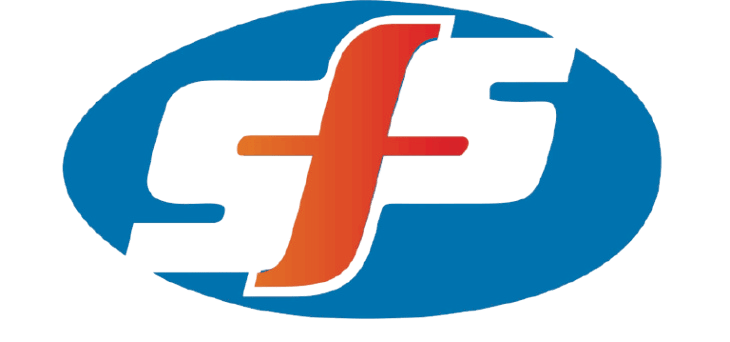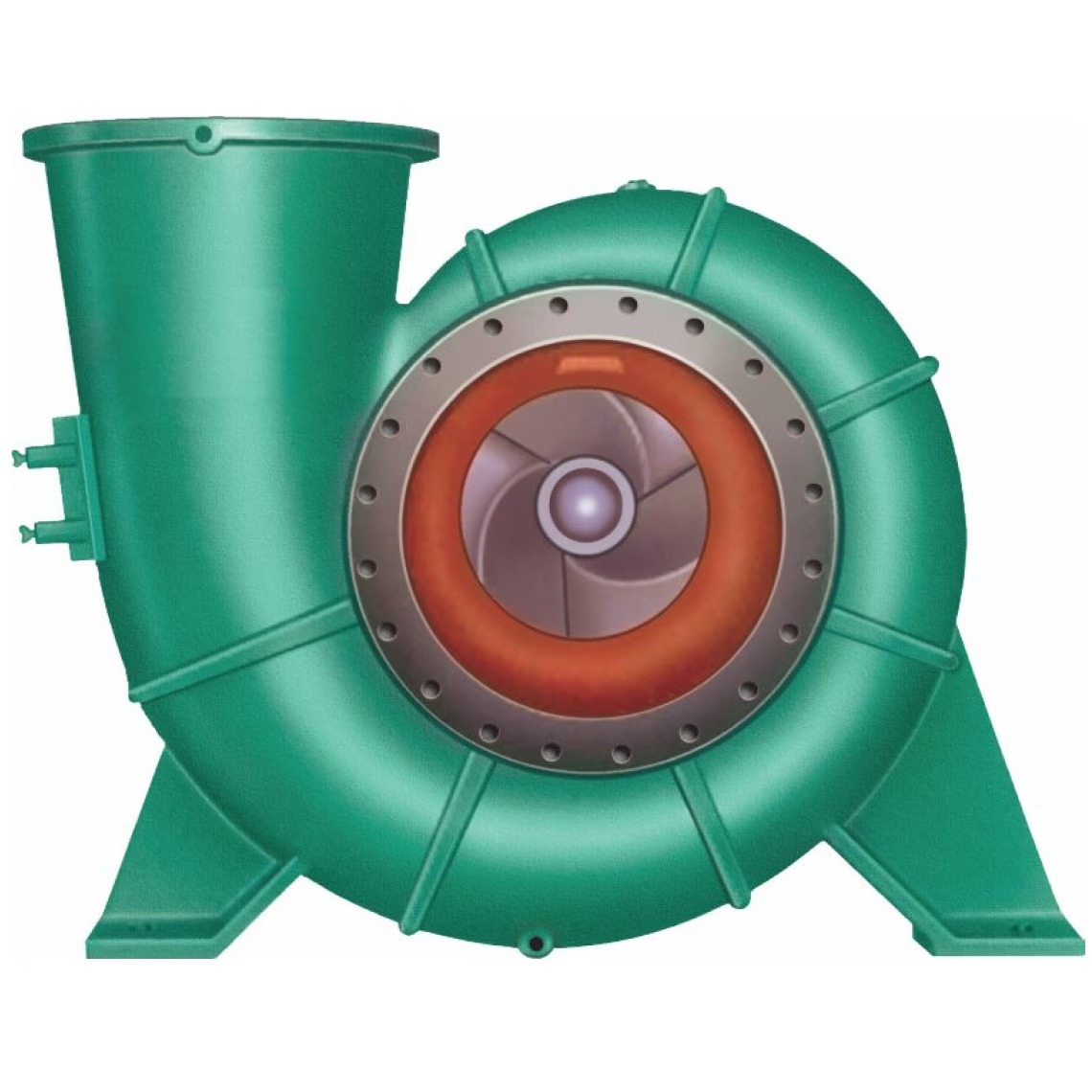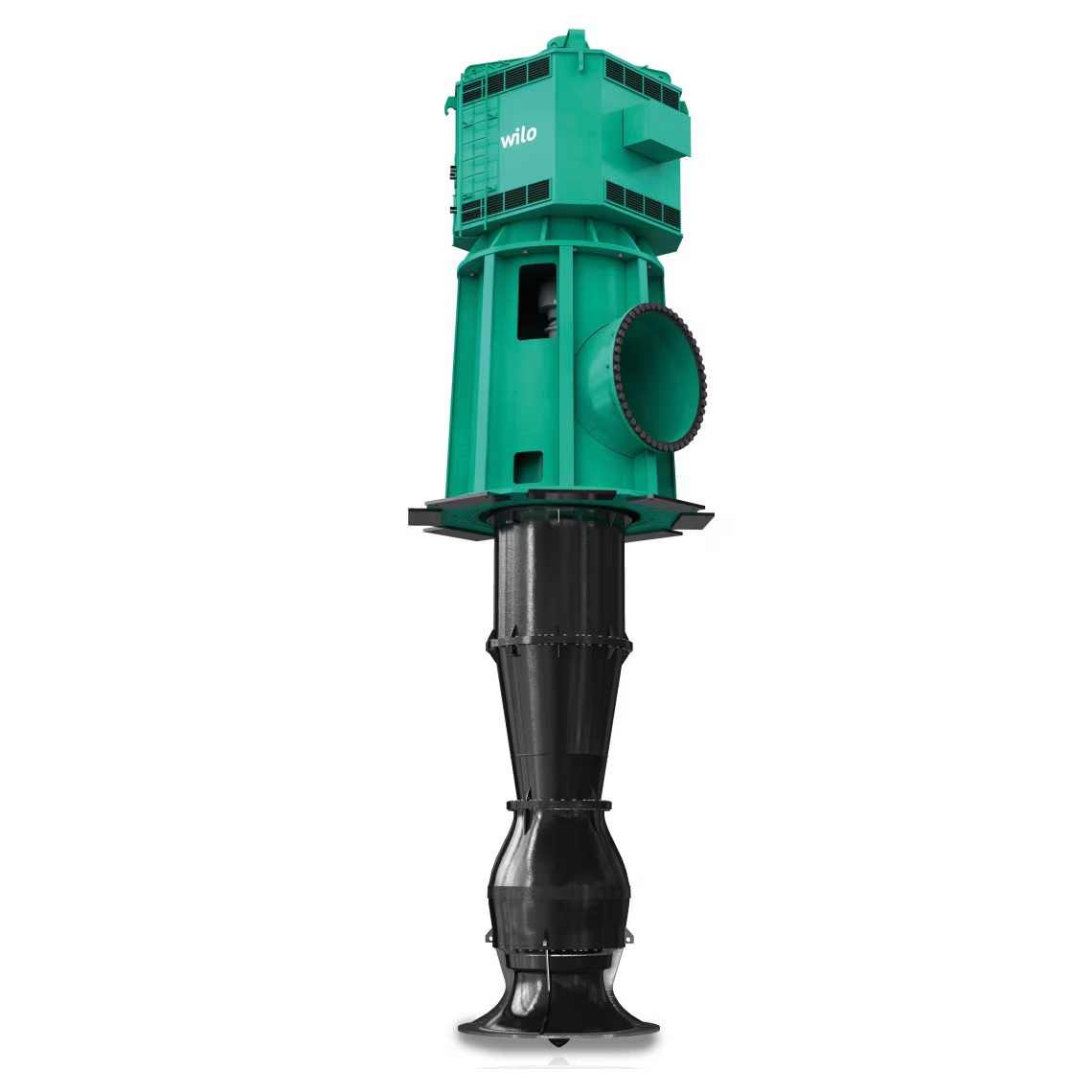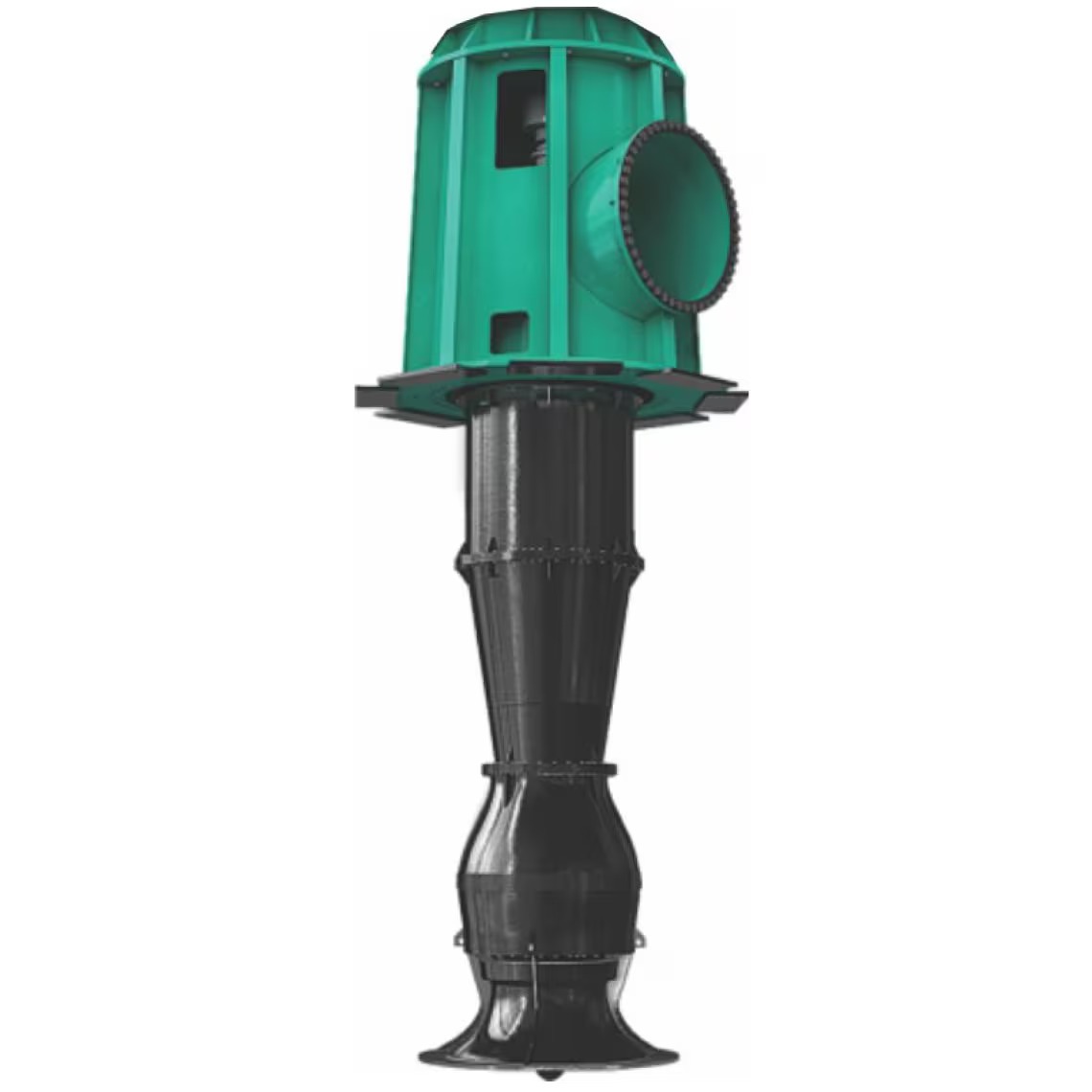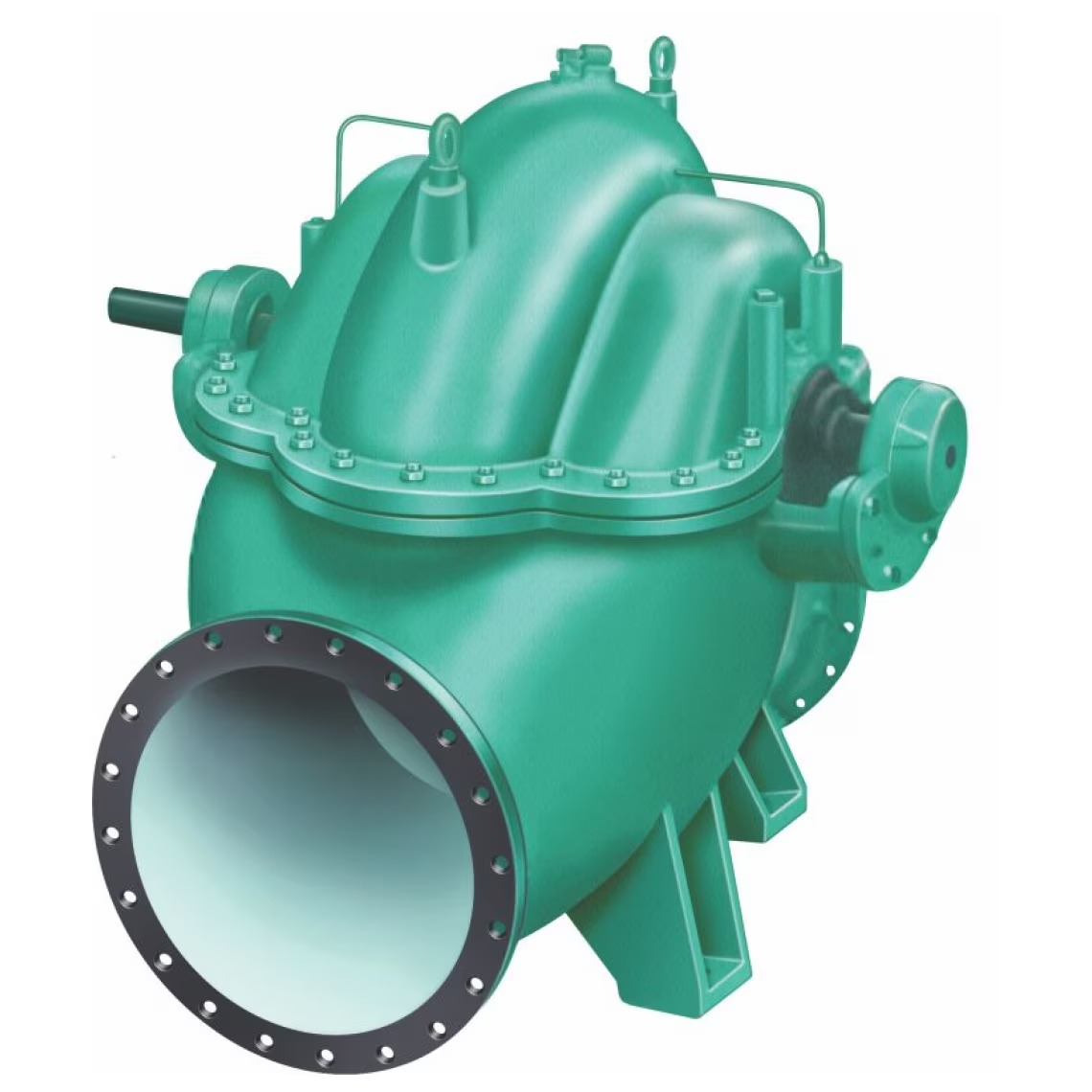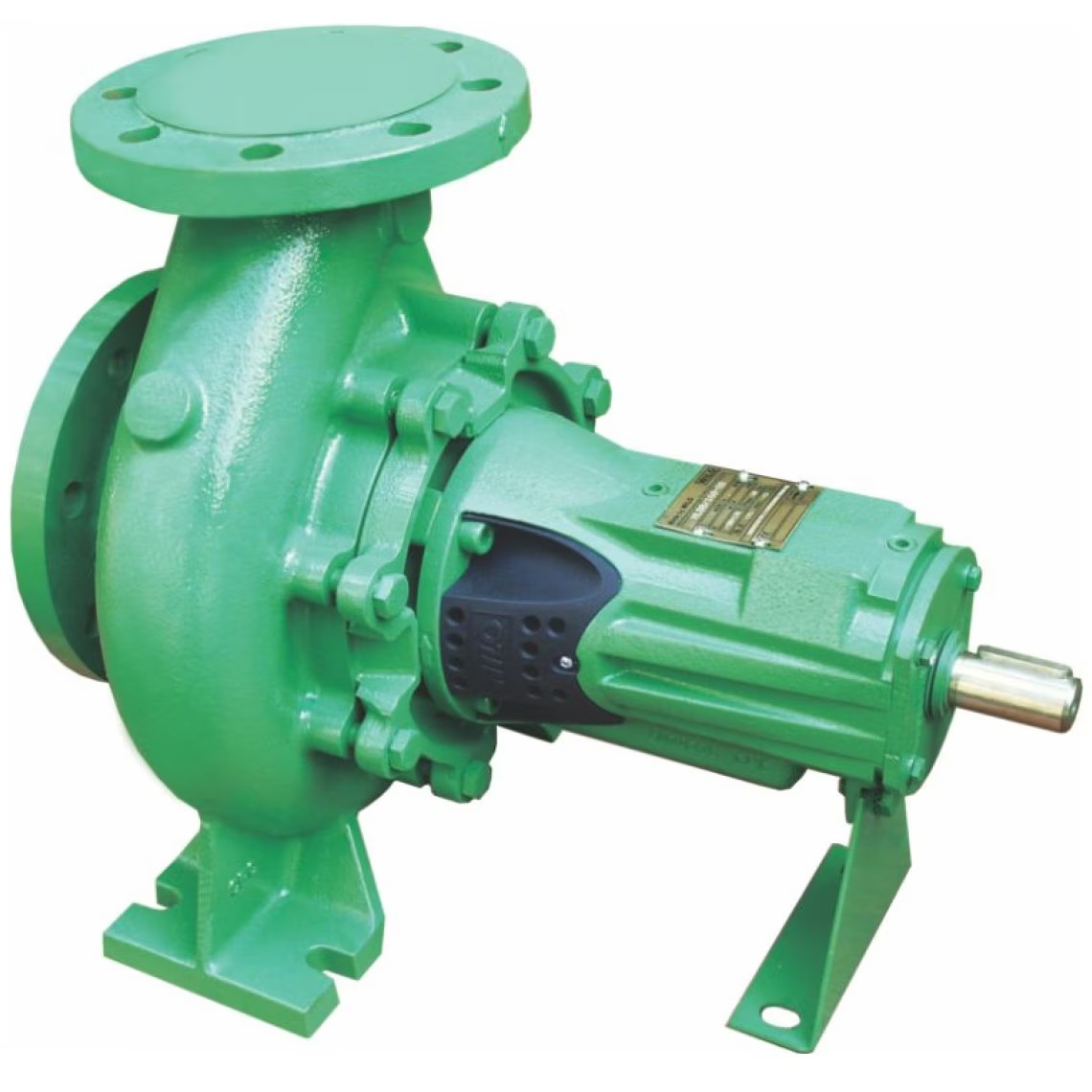Description
A Drypit Non-Clog Sewage/Wastewater Pump is specifically designed to handle the unique challenges of moving wastewater, sewage, and other heavily contaminated fluids without clogging, making it ideal for municipal and industrial applications. Here is a breakdown of its key features, components, and benefits:
Key Features
- Non-Clog Impeller Design: The pump is equipped with a specialized non-clog impeller, typically in single- or double-channel configurations. This impeller design is optimized to handle large solids, fibrous materials, and debris commonly found in wastewater, minimizing clogging and ensuring smooth operation.
- Drypit Configuration: Unlike submersible pumps that operate submerged in wastewater, drypit pumps are installed in a dry environment, typically in a pump room. This design simplifies maintenance as the pump and motor remain accessible for inspection and repair without the need to enter wastewater or handle confined space requirements.
- High Efficiency and Energy Savings: These pumps are designed to offer high hydraulic efficiency, reducing energy costs over time. By optimizing flow patterns and minimizing resistance, they reduce energy consumption without compromising performance.
- Corrosion and Abrasion Resistance: Given the harsh nature of wastewater applications, these pumps are built from durable materials such as stainless steel, cast iron, or other corrosion-resistant alloys, which extend the pump’s life span and reduce the need for frequent replacements or repairs.
- Robust Shaft and Bearing Design: The pump is equipped with a reinforced shaft and bearings to withstand continuous operation in demanding environments, ensuring reliable service life even under high loads and extended duty cycles.
- Sealed Motor Compartment: The motor compartment in these pumps is sealed to protect against humidity and other contaminants, thus safeguarding motor performance. This setup makes it suitable for applications where air quality or temperature control may not be optimal.
- Back Pull-Out Design: Many models feature a back pull-out configuration, allowing maintenance teams to access the internal parts of the pump, such as impellers and seals, without removing the entire pump from its piping setup. This design significantly reduces downtime and maintenance costs.
Applications
- Municipal Wastewater Treatment Plants: Ideal for use in sewage and wastewater pumping stations where reliability and the ability to handle large solids are paramount.
- Industrial Wastewater: These pumps are effective in various industries that generate wastewater with large solid content or fibrous materials, such as food processing, pulp and paper, and chemical processing.
- Flood Control: With their high flow rates, drypit non-clog pumps are suitable for flood control applications, providing rapid removal of stormwater and preventing infrastructure damage.
- Sludge Handling: Suitable for moving thick sludge and slurries, especially in wastewater treatment facilities where sludge processing is a significant operation.
Benefits
- Reduced Maintenance: The drypit setup and non-clog design mean fewer service interruptions and lower operational costs, making it ideal for facilities where downtime is costly.
- Enhanced Safety: Since the motor and other critical components are not submerged, there’s a lower risk of electrical hazards or contamination, improving overall operational safety.
- Lower Energy Consumption: With high-efficiency impellers and optimized flow, these pumps consume less energy, helping organizations reduce operational costs and meet sustainability goals.
- Long Service Life: The rugged construction and corrosion-resistant materials contribute to a longer life span, making it a sound investment for facilities with high flow and continuous operation demands.
Additional Options
- Variable Frequency Drives (VFDs): These pumps can be equipped with VFDs to adjust the motor speed based on real-time demand, further improving energy efficiency and prolonging the life of the pump.
- Temperature and Vibration Monitoring: Some models offer sensors for real-time monitoring of temperature and vibration, allowing early detection of potential issues and facilitating preventive maintenance.
